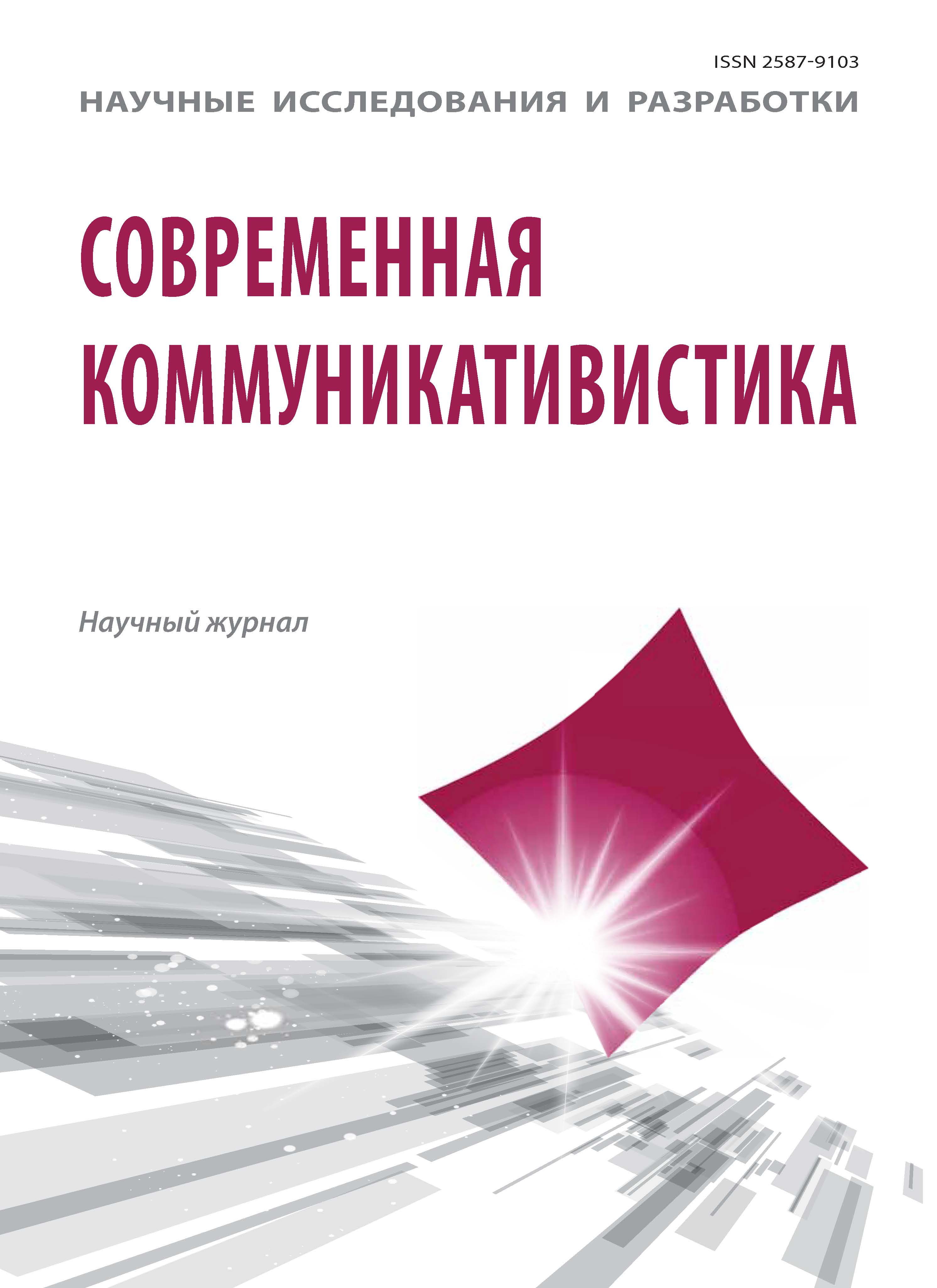Moskva, Moscow, Russian Federation
The names of person by activity kind and correlative forms of feminine gender are considering. In word-formation as unit realm in their analogic-individual connections, individuality of words by these connections is slackening, and regular, standard facts at head role move out. The means of expressing the word-formative meaning is not only the affix, but its combination with a certain circle of underlying stems. Typical properties don’t exist out of semantic connection with the individual properties, and the individual don’t dissolve in the typical. In Russian word-formation there are the regular systematic occurrences, and irregular nonsystematic ones. Systemic phenomena in a functioning language are interrupted by asystemic ones. The products of word-building activity are generated by certain mechanisms. On the other hand, word-building products undergo structural processing and are accepted or not accepted by the language system and communicative practice. All basic models of name of person by activity kind and nomination of gender accordance in contemporary Russian language, their place in the system of language is revealing.
word-formation, names of person, nominations of feminine gender, language changes, modern communication
1. Valgina N.S. Aktivnye processy v sovremennom russkom jazyke. M.: Logos, 2001. - 304 s.
2. Vinogradov V.V. Russkij jazyk. Grammaticheskoe uchenie o slove. M.: Vysshaja shkola, 1972. -421 s.
3. Zaliznak A.A. Grammaticheskij slovar. Slovoizmenenie. M.: Russkij jazyk, 1980. - 591 s.
4. Zemskaja E.A. Slovoobrazovanie kak dejatelnost. M., Azbukovnik, 1992. - 251 s.
5. Kolesnikov N.P. Tolkovyj slovar nazvanij zhenszhin. M.: Astrel, AST, 2002. - 608 s.
6. Kuznezova A.I., Efremova T.F. Slovar morfem russkogo jazyka. M.: Russkij jazyk, 1986. - 734 s.
7. NSRJ - Novyj slovar russkogo jazyka. M.: Russkij jazyk, 2000.
8. SOSh - Ozhegov S.I., Shvedova N.J. Tolkovyj slovar russkogo jazyka. M.: Az, 1993.
9. Slovar gendernyh terminov. M.: Informatia XXI v., 2002. - 252 s.
10. Strelnikova N.D. Rol feminitivov v kommunikativnyh praktikah vchera i segodna // Sovremennaja kommunikativistika. 2022. 3. - S. 64-71.
11. TSU - Tolkovyj slovar russkogo jazyka. I-IV. M.? 1935-1940.
12. Uluhanov I.S. Motivatia v slovoobrazovatelnoj systeme russkogo jazyka. M.: Azbukovnir, 2005. - 314 s.
13. Fufaeva I. Kak nazyvautsa zhenszhiny. Feminitivy: istoria, ustrojstvo, konkurencia. M.: Ast: Corpus, 2020. - 304 s.
14. Shaposhnikov V.N. Russkaja rech 1990-h. Sovremennaja Rossia v jazykovom otobrazhenii. M.: URSS, 2009. - 248 s.
15. Janko-Trinizkaja N.A. Naimenovanie lic zhenskogo pola suszhestvitelhymi zhenskogo i muzhskogo roda // Razvitie slovoobrazovanija sovremennogo russkogo jazyka. M.: Nauka, 1966. S. 170-181.
16. Janko-Trinickaja N.A. Russkaja morfologija. M.: Logos, 2001. - 236 s.







